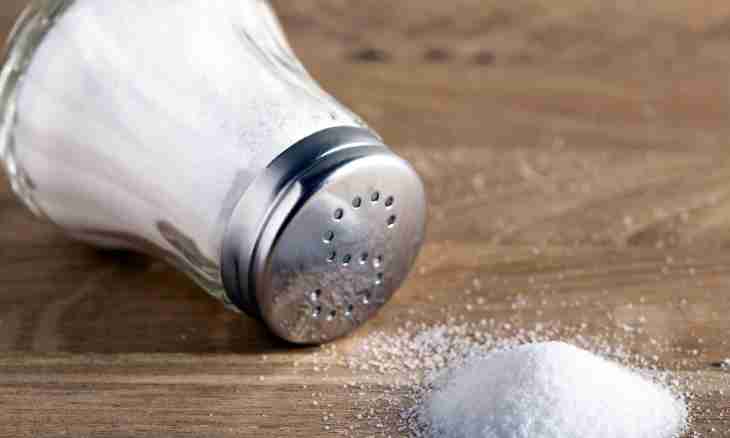Table salt, or sodium chloride, according to its scientific name, is widely applied by us in cooking. In any case – any process of cooking does not do without table salt! But everything that we know about this white substance - it is only that it is good to them to add some salt to soups, meat and other dishes. And what else?
Table salt, actually, has several names if to consider it from chemistry. Table salt is a same rock salt which is sedimentary rock of such mineral as halite. But hardly anyone knows about it because use of this term in respect of mineral which gives all of us familiar table salt is inherent only in geologists, but not ordinary people as we.
Table salt, of course, was discovered not by them, geologists, and ordinary people, and ancient. Then it was given the name "white gold", its properties were really valuable which remain also till today.
The first main of physical properties of table salt is its saltish taste (at the total lack of any smell at it) and a characteristic transparent or white shade; also it has weak glass gloss.
However in the nature it is possible to meet rock salt and other shades: for example, gray, yellow or even blue and red. All this is quite normal for halite both very easily and well is explained by the fact that the unusual shade to mineral is given by different impurity. In dependence not only on a look, but also on amount of impurity halite changes the shade. The white or transparent shade to it is given by the vials of air formed in mineral. Yellow and blue color can buy halite because of the dissipated parts of metal sodium, and red – from parts of hematite. The gray shade can appear from interaction of mineral with clay particles. The deposit from "color" breeds of halite does not get on the shelves of our shops – exclusively white table salt which does not have impurity which can do much harm to a human body can be eaten or at all to be absolutely unsuitable for use in food. On Moos's scale the hardness of halite is only 2-2.5 that explains the form of salt crushed to granules in what we got used to see it. On the surface of mineral it is possible to leave with little effort noticeable line, having carried out on a surface by glass and it is possible to crumb it, without resorting to special efforts. Salt is absolutely dissolved only at 25 °C, and here to melt it, temperature many times more – about 801 °C will be required. At a temperature of 1413 °C rock salt can quietly begin to boil. All these physical properties of table salt not only explain its appearance and inherent taste, but also many other interesting characteristics.

